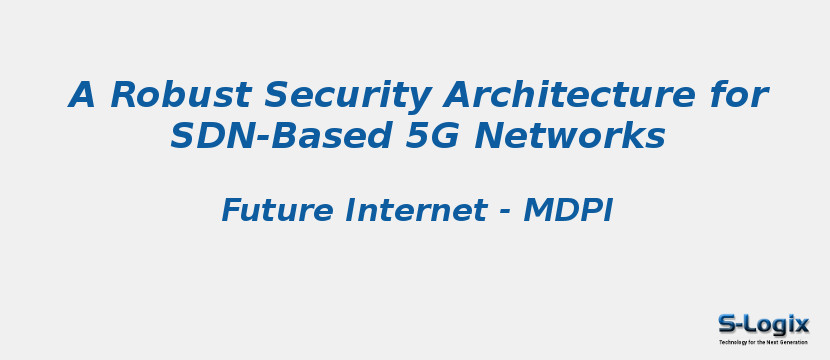Research Area: Software Defined Networks
5G is the latest generation of cellular mobile communications. Due to its significant advantage in high data rate, reduced latency and massive device connectivity, the 5G network plays a vital role in today’s commercial telecommunications networks. However, the 5G network also faces some challenges when used in practice. This is because it consists of various diverse ingredients, termed heterogeneity. The heterogeneity of the 5G network has two consequences: first, it prevents us to use this technology in a uniform way, preventing the wide use of 5G technology; second, it complicates the structure of the 5G network, making it hard to monitor what is going on in a 5G network. To break through this limitation, researchers have worked in this field and design their own protocol, in which software-defined networking (SDN) is one key design concept. By separating control and data plane, SDN can make the 5G network functional and programmable, such that we can handle the heterogeneity in traditional 5G networks. In light of this, we say that SDN-5G network is attractive, but its advantages are not free. The intelligence centralization used in SDN has its own drawbacks when it comes to security. To break through this limitation, we propose a robust security architecture for SDN-based 5G Networks. To find the illegal request from malicious attackers, we add extra cryptographic authentication, termed synchronize secret. The basic idea of our scheme is leveraging preload secrets to differ attacks from regular network communications. The simulation results indicate that our work can completely handle the security problem from SDN with a low disconnect rate of 0.01%, which is much better than that from state of the art.
Keywords:
Author(s) Name: Jiaying Yao,Zhigeng Han,Muhammad Sohail and Liangmin Wang
Journal name: Future Internet
Conferrence name:
Publisher name: MDPI
DOI: 10.3390/fi11040085
Volume Information: Volume 11, Issue 4
Paper Link: https://www.mdpi.com/1999-5903/11/4/85
